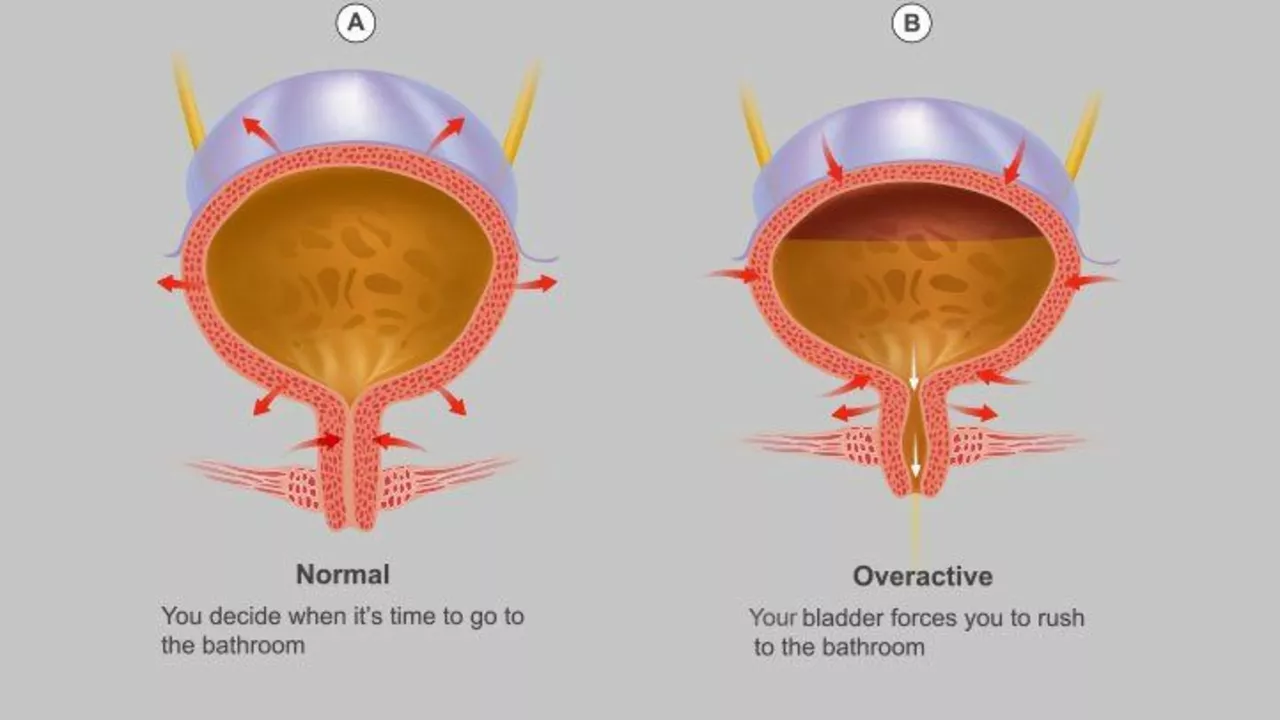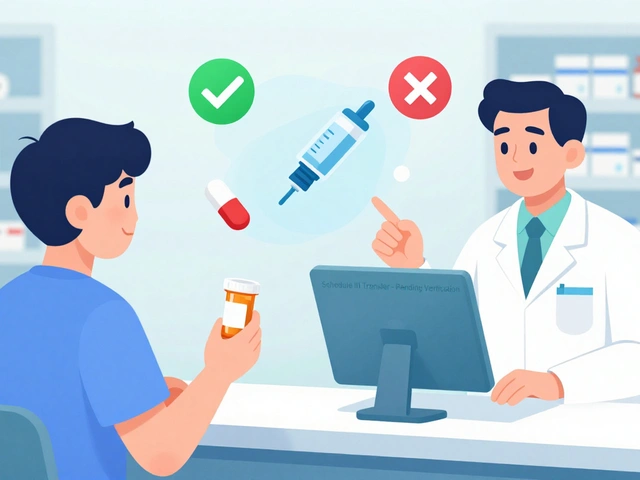Exercises: How to Stay Active Safely While on Meds
Want to stay fit but worried your pills might get in the way? You can exercise safely even when you take medications. The key is picking the right activities and adjusting how you train. Small changes make a big difference—less dizziness, fewer side effects, and more gains without the risk.
How meds change the way you should exercise
Some meds change heart rate, blood pressure, balance, or hydration. For example, diuretics (like Lasix or amiloride) can lower potassium and sodium—so you may cramp or tire faster. Blood thinners (warfarin/Coumadin) raise bleeding risk, so avoid contact sports or exercises with a high fall risk. Beta-blockers blunt heart rate, which makes heart-rate targets unreliable; use perceived exertion instead (how hard it feels). Sedatives or sleep meds can slow reaction time—don’t push heavy lifting or high-speed activities the day you feel drowsy. If you use inhalers for asthma or COPD, a short warm-up and your rescue inhaler nearby often help reduce breathlessness during activity.
Simple, practical rules to follow
1) Talk with your clinician about exercise types that fit your conditions and meds. Ask what warning signs to watch for. 2) Start slow. Add 5–10 minutes extra per week rather than jumping in. 3) Hydrate and mind electrolytes—especially if you’re on diuretics or NSAIDs. 4) Use perceived exertion (scale 1–10) when heart rate is unreliable; aim for 5–7 for moderate to brisk effort. 5) Avoid high-fall activities if your meds cause dizziness or balance issues. 6) Check wounds and bruises often if you’re on blood thinners; minor bumps can bleed more than usual.
Want concrete session ideas? Try walking or cycling for cardio, bodyweight or resistance-band work for strength, and simple breathing exercises for lung health. Pulmonary rehab-style breathing drills help people using inhalers or managing COPD. Gentle balance and ankle-strength drills lower fall risk for anyone on diuretics or meds that affect coordination.
Still unsure? Bring a list of your current meds to your next appointment and ask which exercises to avoid and which are safe. If you notice unusual symptoms—new lightheadedness, chest tightness, severe muscle cramps, sudden swelling or unexpected bleeding—stop and seek medical advice. A few smart tweaks let you keep moving and protect your health while you take your medicines.
Explore related guides on this site for specifics—like exercising with heart conditions, lung disease tips, or how certain drugs (diuretics, anticoagulants, sedatives) change your routine.
In my latest blog post, I've explored some exercises that can help improve bladder control and ease symptoms of urinary incontinence. I've highlighted exercises like Kegels, which strengthen your pelvic floor muscles and bladder. I've also mentioned bladder training and double voiding techniques that can be beneficial. Additionally, I've touched upon certain yoga poses that can help in reducing urinary incontinence. All these exercises can aid in managing urinary incontinence, giving you a better quality of life.



